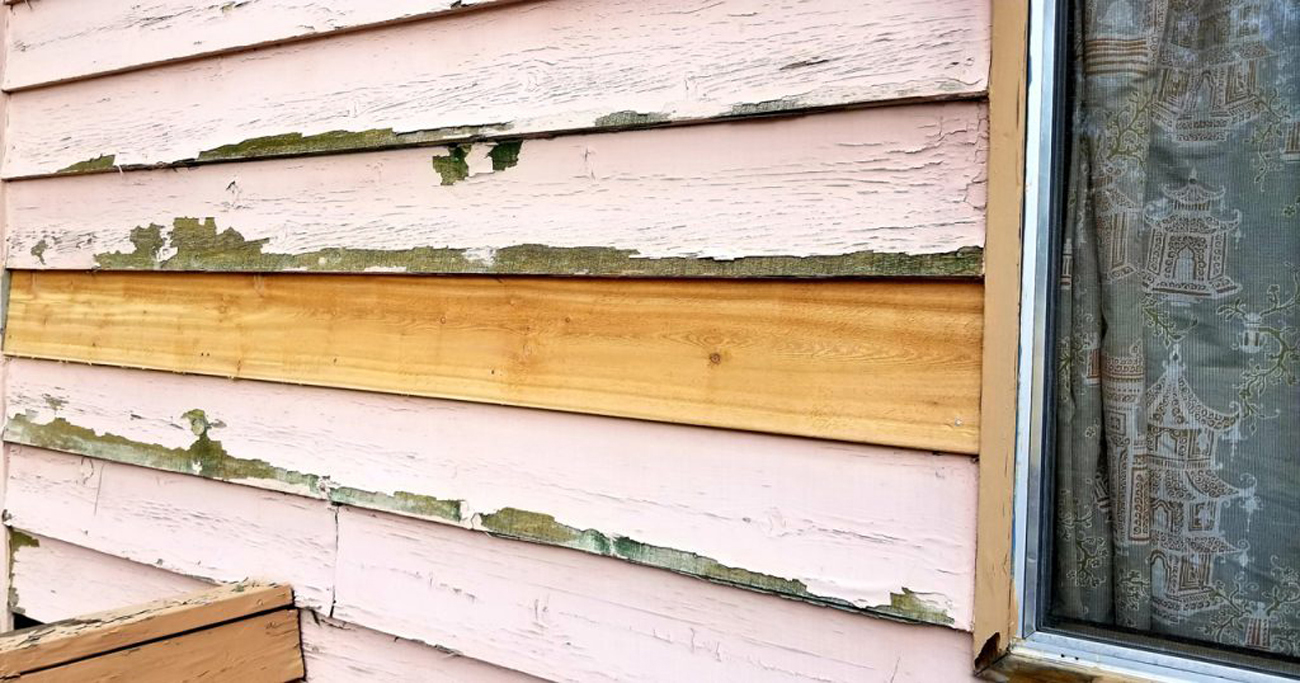
How Long Does Asbestos Stay In The Air?
Asbestos-related diseases are responsible for the deaths of thousands of Americans each and every year. These inconspicuous fibers can wreck havoc on respiratory systems. So, how long can asbestos actually remain airborne? Let’s break it down below.
How Long Does Asbestos Stay In The Air After It Is Disturbed?
Answering the question of how long asbestos stays in the air can be quite tricky. This is complicated because it does not have a specific answer for how long it can remain in the air. The amount of time depends on asbestos location and how often it is disturbed.
Typically, asbestos fibers can remain airborne for 48-72 hours once disturbed. Following this timespan, the particles usually settle, but this is not always the case. Fibers may linger if there are any air currents disturbing them.
A simple breeze coming through a window can spell trouble if you’re trying to keep the fibers contained. Even the slightest breeze can disturb these tiny fibers and eventually add new fibers into the mix.
Because of this, and due to the fact that fibers are invisible to the naked eye, there is basically no way to estimate how long the fibers remain airborne. Professional asbestos testing is your best way to ensure your space is now safe.
Where Is Asbestos Found In The Home?
If you are wondering where asbestos might be found in the home, this article will highlight four common household areas to inspect.
Insulation: Asbestos was used as an insulating material in homes constructed before the 1990s. Asbestos is effective at keeping heat from escaping the home. It is also great at blocking out any outside noise. Asbestos insulation will be commonly found between both ceilings and walls.
Vintage Furniture: Asbestos was commonly used in furniture produce between 1930-1970. It was used mainly to provide extra support in chairs during this time period. Couches that feature springs on the inside could have asbestos within the underside. This hazardous material was often dyed either silver or gold. Asbestos stuffing and woven fabrics will have a fibrous quality that may be hard to see at first.
Concrete Or Wood Adhesion: Asbestos was used in many adhesion products to secure wooden and concrete parts in place before the 1980s. This was done because of the tensile strength of the asbestos fibers. You may be able to find this adhesion type in ceilings, walls and floors.
Window And Door Seals: Asbestos could be found in sealant or caulk products, which are commonly placed on doors and windows. The material’s terrific heat resistance was used to keep temperate air from passing through the sealant. Caulk featuring asbestos was used to increase the efficiency of gasket seals. The caulk is also able to create a tight seal.
How Much Does Home Asbestos Testing Cost?
The average cost of asbestos testing is $493, with typical prices ranging from $225 to $805. Based on building size and the complexity of the testing, this service can cost as low as $90 or as high as $2,000 in the U.S., according to Homeadvisor.com.
There are a few things included in an asbestos inspection or survey. Here’s a list of four things that will be included in the total price when opting for asbestos testing:
- Lab tests for samples.
- Reports on the testing results.
- Collecting samples for testing purposes.
- Visual inspection of the home/building.
Native Environmental LLC In Phoenix, Arizona
Here are a few additional services provided by Native Environmental:
Asbestos Removal. Asbestos removal is one of the most popular types of industrial cleaning services as many older building are known for having asbestos in fireproofing, drywall and more. Learn more about asbestos removal with Native Environmental.
Hydro Blasting. Hydro blasting, also known as pressure washing, is a high pressure waster blasting method used for paint and lead removal. It’s mostly used for large mastic and epoxy coating removal projects on vertical and horizontal surfaces. It’s also used for paint removal on highways, parking lots and airports. Learn more about hydro blasting with Native Env.
Mercury Spill Cleanup. Mercury spill cleanup is used to eliminate mercury vapor and mercury vapor sources. Common areas where mercury spill cleanup is performed is in industrial facilities, warehouse floors, production floors, assembly floors and more. Learn more about mercury spill cleanup.
Mold Removal & Remediation. Certain types of mold can cause health problems including Stachbotrys mold, Fusarium, Cladosporium, Penicillium mold, and Aspergillus mold. You need a trained mold remediation specialist to perform mold testing, air testing, secure the containment area, and provide mold removal services. Learn more about mold removal.
Decontamination. In the cosmetic or pharmaceutical industry, any type of chemical spill can be dangerous. Protect you, your staff and your products by hiring and industrial cleaning company immediately. A great industrial cleaning company will include professional decontamination services to make sure your facture is a safe place to work. Learn more about industrial cleaning.
Industrial Vacuuming. The floors in your facility contain chemicals, metal shavings, debris, dirt and more. Standard janitorial services cannot remove these substances. Power vacuuming with by industrial cleaners is the only way to remove the objects and substances from your equipment, walls and flooring.
Native Environmental LLC is a industrial cleaning company located in Phoenix, Arizona offering a full list of industrial cleaning services including mold removal/remediation, asbestos removal/remediation, mercury spill clean up, silo cleaning and more. We can also help with industrial cleaning in Tempe, Tucson, Chandler, Gilbert, Glendale, South Phoenix, Central Phoenix, Scottsdale, Arizona and more.